How To Plant African Star Apple (Udara): A Step-by-Step Guide
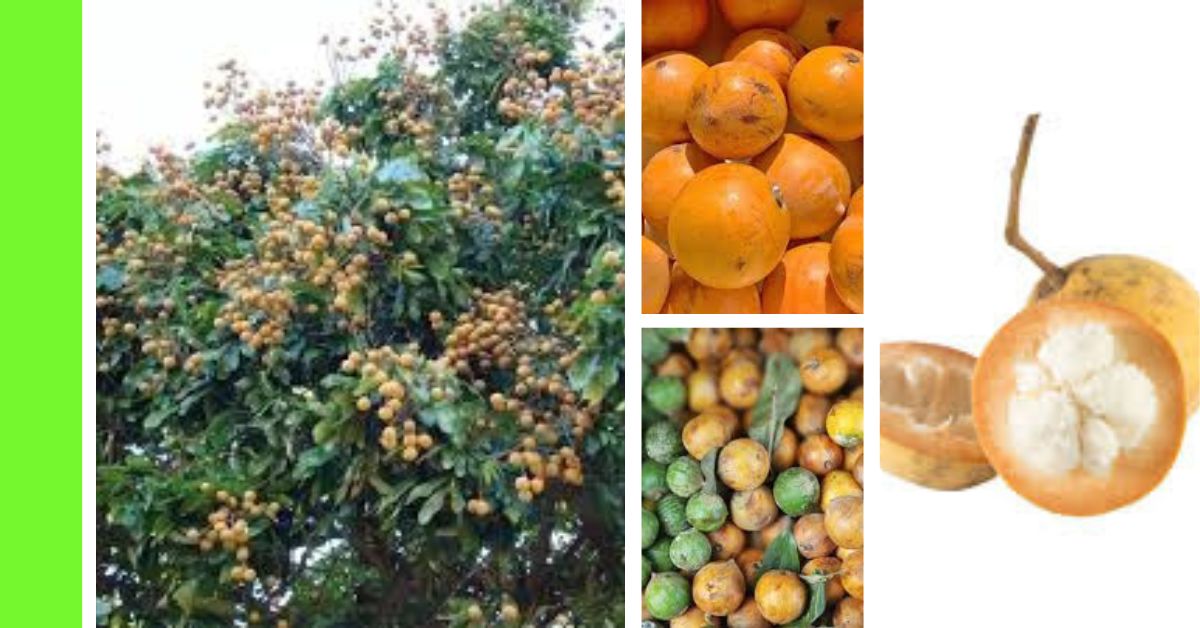
African star apple, known locally as Udara or Agbalumo, is a cherished fruit, known for its sweet-sour taste and creamy, sticky texture.
It’s often referred to as African Cherry.
Its distinctive brown-orange skin and fleshy pulp are a treat to many, and the tree itself is highly valued for its resilience and adaptability.
This article covers all the essential steps for cultivating the African star apple tree, from choosing a location to ensuring a healthy harvest.

Description of the African Star Apple (Udara, Agbalumo) Plant
The African star apple (Chrysophyllum albidum) is an evergreen tree, native to tropical Africa, particularly in Nigeria.
This medium-sized tree typically grows to heights of 15-25 meters, with a dense canopy that provides ample shade.
Its thick, leathery leaves are dark green on top and lighter below, while its bark is smooth and greyish-brown.
The tree produces round, brown or reddish-orange fruits, about the size of a small apple, that ripen between December and April.
Each fruit contains 3-5 seeds enveloped by pulpy flesh, which is rich in Vitamin C, calcium, and other nutrients.
The Planting Season for African Star Apple or Cherry (Udara, Agbalumo) in Nigeria
The ideal planting season for Udara in Nigeria falls during the rainy season, which lasts from March to September.
Starting the planting process during the early rains ensures that seedlings have sufficient water to establish strong roots and increases their chance of survival.
It is essential to avoid planting during the dry season unless there is access to reliable irrigation to maintain soil moisture levels.
Planting African Star Apple or Cherry (Udara, Agbalumo)
Planting Udara requires careful planning and adherence to specific steps to promote optimal growth and yield.
Here’s a step-by-step guide on how to plant African star apple (Udara, Agbalumo):
Step 1: Choose a Location
Select a location with adequate sunlight exposure, as Udara trees require full sun for at least 6-8 hours daily.
They thrive in well-draining, loamy soils with a slightly acidic to neutral pH level.
Avoid areas prone to waterlogging, as the tree’s roots can suffer from rot when exposed to excessive moisture.
Step 2: Land Clearing and Preparation
Prepare the land by clearing any weeds, debris, and stones that may interfere with the tree’s growth.
Tilling the soil helps to aerate it, making it easier for roots to penetrate and absorb nutrients.
Ensure the area is free from invasive plants and overgrown vegetation, as these could compete with the young tree for nutrients and sunlight.
Step 3: Means of Propagation
African star apple trees can be propagated through seeds or vegetative methods, such as grafting or budding.
While seed propagation is more common among small-scale farmers, grafting and budding are often preferred by commercial growers for their quicker fruiting and improved fruit quality.
However, growing from seeds is cost-effective and generally sufficient for personal or small-scale farming.
Step 4: How to Plant African Star Apple or Cherry (Udara, Agbalumo) from Seed
- Prepare the Seed: Collect mature seeds from fully ripened fruits. Clean the seeds and allow them to air dry for a day or two.
- Seedling Nursery: Plant the seeds in a nursery, burying them about 2-3 cm deep in pots filled with loamy soil or directly in the field. Water them lightly and keep them shaded until they sprout.
- Transplanting: Once the seedlings reach a height of about 30-40 cm (usually after 6-8 months), transplant them to the prepared planting site. Space each seedling about 8-10 meters apart to give them ample room to spread their roots and canopy.
Step 5: Watering
During the first few months, young Udara trees require regular watering, especially if planted during the dry season.
Water the trees at least twice weekly, but be mindful not to overwater, as excessive moisture can lead to root rot.
Once established, Udara trees are relatively drought-resistant and may require only minimal watering during prolonged dry seasons.
Step 6: Apply Manure
Apply organic manure or compost to the base of the tree after transplanting to boost soil fertility.
Organic manure, such as decomposed cow dung or poultry manure, works well for Udara trees.
Fertilizer application should occur once or twice yearly, preferably at the beginning and end of the rainy season.
Additionally, supplement with a balanced NPK fertilizer to enhance growth and fruit development.
Maturity and Harvest
African star apple trees grown from seeds typically take 5-7 years to start fruiting, while those propagated through grafting may fruit within 3-4 years.
Harvesting is done once the fruits turn from green to their characteristic brownish-orange colour.
To harvest, carefully pick the mature fruits by hand or use a fruit picker to avoid damaging the tree or unripe fruits.
The harvest period usually spans from December to April, depending on the region and climate.
Pest and Diseases
Udara trees are generally resilient but may face occasional pest and disease challenges.
Common pests include fruit flies, which lay eggs inside the fruit, causing it to rot.
Termites and leaf-eating caterpillars are other nuisances that can affect the health of the tree.
Diseases like fungal infections and root rot can also impact Udara trees, particularly in poorly drained soils.
Pest and Disease Control
To protect Udara trees from pests and diseases, practice the following control methods:
- Fruit Fly Control: Use traps or organic insecticides to manage fruit fly populations. Regular monitoring helps to detect infestations early.
- Termite Control: Apply nematodes or organic termite treatments at the base of the tree to protect against termite attacks.
- Fungal Control: Keep the area around the tree clean and well-aerated, as proper air circulation can prevent fungal growth. Additionally, avoid overwatering and apply fungicides if necessary.
Organic pest control methods, such as neem oil and soapy water solutions, are also effective and environmentally friendly alternatives for managing pest problems.
How Many African Star Apple or Cherry (Udara, Agbalumo) Plants Can I Grow on an Acre, and What Quantity of Fruit Can I Harvest?
An acre of land can accommodate approximately 80-100 African star apple trees when spaced at 8-10 meters apart.
This spacing allows each tree ample room to grow without competing for sunlight, nutrients, or water.
On average, a mature Udara tree can yield 300-500 fruits annually, though yield varies based on tree age, soil quality, and care.
Therefore, an acre of well-maintained Udara trees could potentially produce between 24,000 to 50,000 fruits per year, offering significant returns for commercial farmers.
Conclusion
Growing African star apple (Udara, Agbalumo) in Nigeria is both rewarding and sustainable.
By following the guidelines outlined in this article—choosing the right location, preparing the land, propagating, planting, and maintaining the trees—you can successfully cultivate Udara trees for personal or commercial purposes.
With proper care, these trees will yield bountiful harvests for years to come, contributing to both local diets and economic gains.
I hope this article was helpful.
Is there any crop you want to grow and can’t find in our How to Grow category?
Let us know; leave a note in the comment box below.

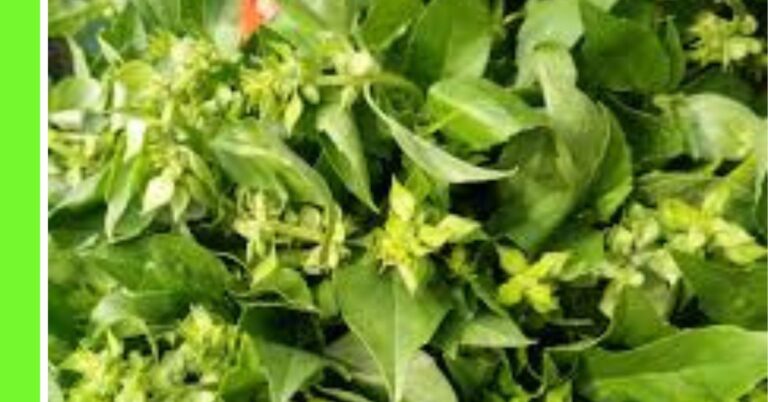
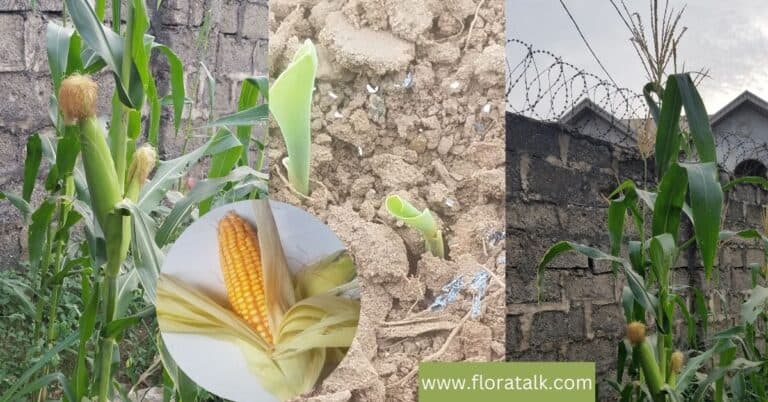
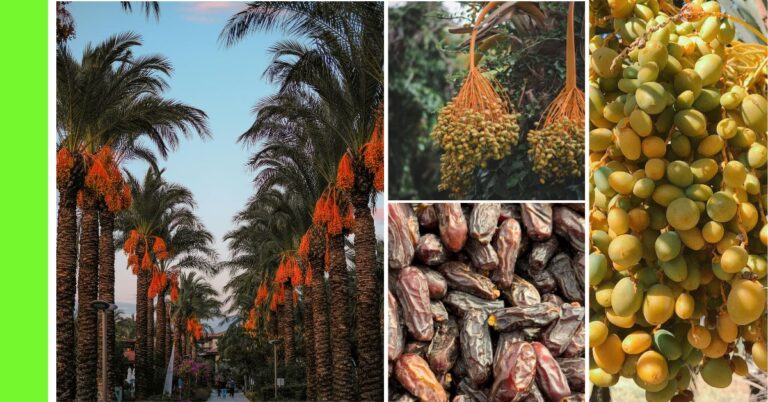
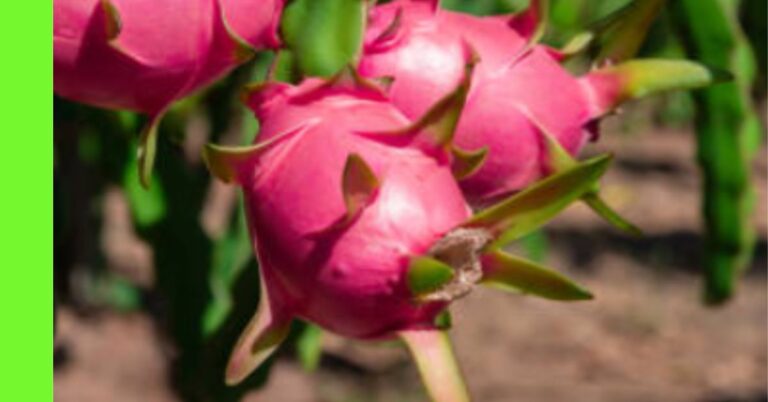
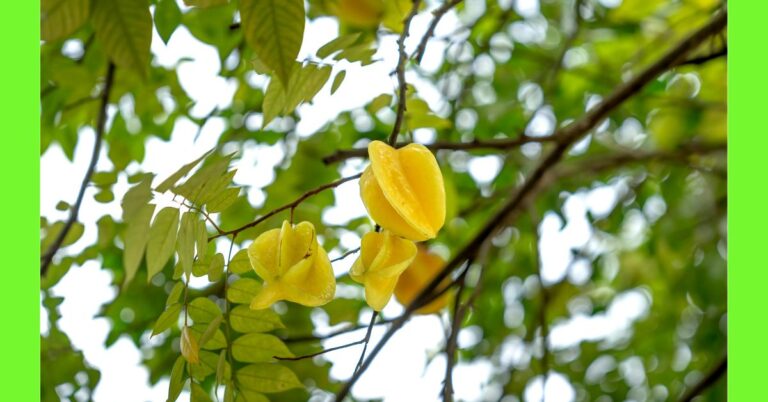
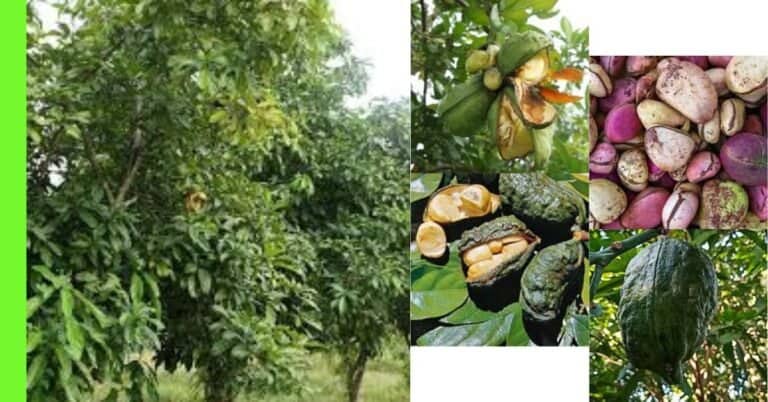
The website was so good and encouraging…. trying it with hope it gonna work out.